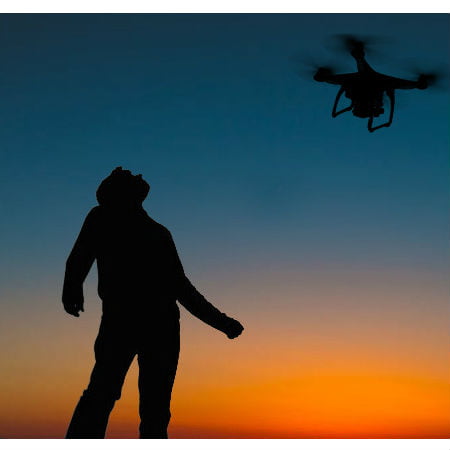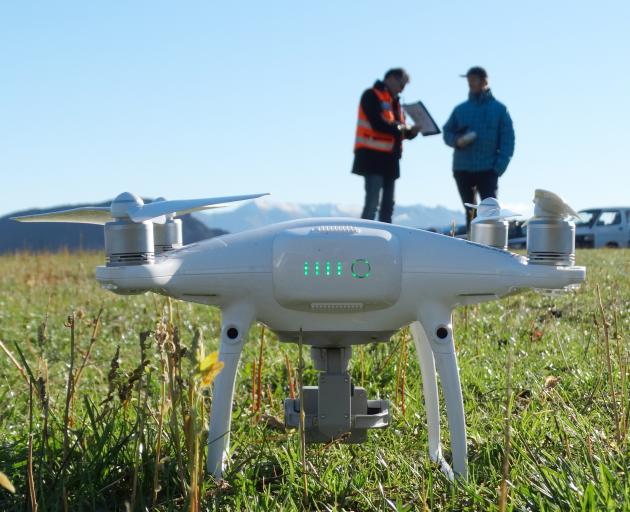
On Sunday, April 17, 2016, there was an incident that occurred between a British Airways flight BA727 and a possible drone. The plane was coming in for a landing when the pilot noticed something that looked like a drone hit the front of the craft. The collision was said to have occurred above Richmond Park, a no-fly zone for drones—though not as a result of its proximity to the airport.
Owners Must Evolve with their Drones with this Precautionary Measures
Flight Height Limits
What is even more worrisome is the fact that the impact occurred at 1700 feet, which is well higher than the 400 feet height limit for all drone flights in the UK, even in areas where it is permissible to fly. Fortunately for everybody concerned, the plane landed safely without incident, and it was even probably a false alarm.
Scroll down for video

Google+
However, with more and more amateur drone flights taken place in the skies, it is only a matter of time before we have a real incident in our hands. If the BA incident had actually involved a drone, it would have come with mixed feelings. However, it is presumable that to have zero incidents like this to happen, owners must evolve with their drones. If you attempted to test a drone anywhere in Spain, for instance, it won’t be long before police officers roll over on quad bikes and tell you to cease.
Using Drones Responsibly
If you try to test yet another drone this time in a place with zero chance of meeting the police or airlines full of people, it is still no easy task. As a matter of fact, for a city with no cars, getting a scenic and legal place to fly your drone is difficult.With today’s use of high technology, owners must evolve with their drones as well. With the advent of smart drones that fly themselves, we still need to be more careful because even smart drones need smart humans.
The XEagle is one such example of a smart drone with a Follow Me feature that allows you to capture sporting moments similar to AirDog. The “sport” edition doesn’t require a ground operator—instead, the XEagle follows a wearable that is like a 80s era Casio watch for children. You can get a ground station for it, if you wish, though.

ODT
With no sticks, you have limited control over the drone and the XEagle lands at the press of a button. The watch also comes with dials that help you navigate up and down, left and right, but this is still a little far from what you’d call control. Another issue with the landing feature is that the situation at the spot where it took off can change anytime—there might suddenly be a barking dog or any other object below it—making it unsafe to land there, so you have very limited options.
This is one of many such smart drones available now in the market, and whether you like it or not, the smarter these drones get, the smarter the user also has to be to effectively tap into the full potential of the technology.
Watch the video below